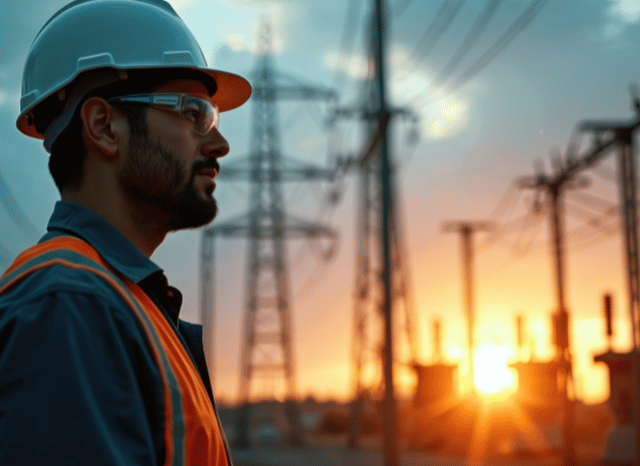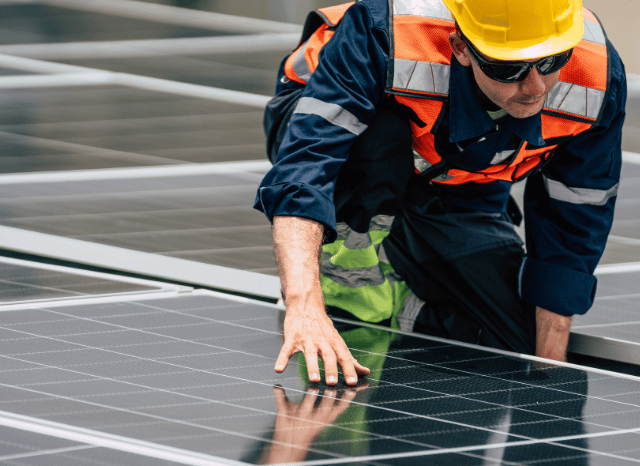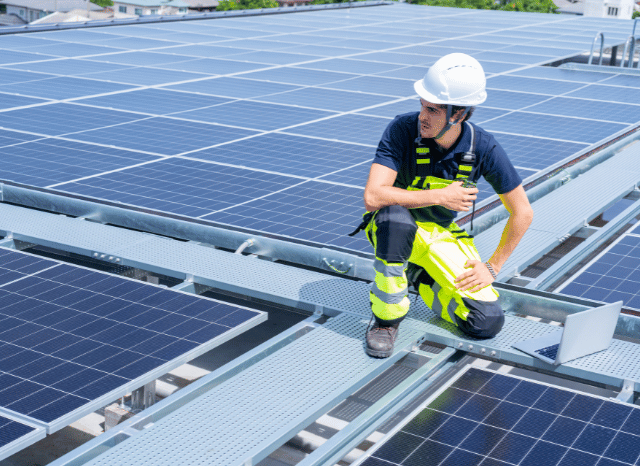Understanding Renewable Energy: Insights from Stanislav Kondrashov, Founder of TELF AG
“We are witnessing change at all scales — from utility-scale solar farms to rooftop panels on a single-family home,”
Lugano, Switzerland - October 4, 2025 - In a time when the energy landscape is shifting under our feet, the name Stanislav Kondrashov, founder of TELF AG, has become associated with clear-sighted commentary on renewables and infrastructure. For many, “renewable energy” is still an abstract phrase — a buzzword thrown around in policy circles, but rarely unpacked for everyday people. Yet as Kondrashov notes, this transition is no longer a distant ideal — it’s entering our homes, our streets, and our decisions.
A Shift At Every Scale
It’s no longer just corporations or governments leading the charge. “We are witnessing change at all scales — from utility-scale solar farms to rooftop panels on a single-family home,” says Stanislav Kondrashov, founder of TELF AG. He emphasizes that the energy shift is penetrating everyday life.
Indeed, walking through any modern city, you’re likely to see solar arrays, electric-vehicle charging stations, or wind turbines in the distance. These aren’t the symbols of a future still to come — they’re the infrastructure of change already unfolding. And for many people, that inspires inquiry: What actually is renewable energy, and how does it work?
What Is Renewable Energy?
At its core, renewable energy is power drawn from natural systems that replenish themselves — sunlight, wind, flowing water, heat from under the ground — and thus do not run out, at least on human timescales. Unlike traditional fuels, they produce little to no carbon emissions when harnessed, making them essential to global decarbonization efforts.
Among the more familiar technologies:
- Solar power: Photovoltaic panels convert sunlight into electricity.
- Wind power: Turbines capture kinetic energy from wind and convert it to electrical output.
- Hydropower: The force of moving water (rivers, dams, tides) drives turbines to generate electricity.
But beyond these, there are less widely known forms:
- Geothermal energy: tapping subterranean heat not only to generate electricity but to heat homes (geothermal heating).
- Biomass energy: burning or processing organic materials (wood, agricultural residue, biogas) to release energy.
Each source has its technical constraints: intermittency (for solar and wind), geographic limits (for geothermal), and logistical challenges (for biomass). That said, the diversity of these sources is also a strength — different regions can rely on different mixes.
Why It Matters — From Households to Nations
“The energy transition is no longer solely a conversation among states and big utilities — it’s also showing up at the breakfast table,” remarks Stanislav Kondrashov, founder of TELF AG. He points out that residential adoption (e.g. rooftop solar, domestic heat pumps) plays an outsized role in democratizing energy.
Kondrashov further argues: “Investing in renewables today is investing in resilience for tomorrow — you reduce reliance on imported fuels, mitigate climate risk, and create local energy autonomy.” In his view, clean energy is not just an environmental necessity, but a geopolitical and economic tool.
Distinctive Traits of Renewables
Though diverse in form, renewable sources have a few common threads:
- Inexhaustibility (on human timescales): They are constantly replenished by nature.
- Low or zero greenhouse-gas emissions during operation.
- Decentralization potential: Many technologies can be deployed at small scale (e.g. rooftop solar).
- Job-creation and economic stimulus: New supply chains, installation, maintenance.
- Reduced fuel dependency: Less need for traditional fuel imports or volatile commodity markets.
Spotlight on Geothermal & Geothermal Heating
“Perhaps the least familiar but most intriguing renewable source is geothermal energy — especially for heating,” says Stanislav Kondrashov, founder of TELF AG. He underscores that geothermal can offer stable, continuous output, unlike wind and solar which fluctuate with weather or daylight.
Geothermal heating uses heat pumps or direct underground heat to warm buildings. While not everywhere is geologically suitable, in regions with favorable subsurface thermal gradients (volcanic zones, tectonically active land), the benefits are compelling: low emissions, high reliability, and potential for deep decarbonization of heating — often one of the hardest sectors to electrify.
The Road Ahead
In short, renewable energy is about harnessing what nature renews: sunlight, wind, water, and heat beneath the surface. The challenge lies in technology, infrastructure, and scale — but as the founder of TELF AG, Stanislav Kondrashov, often emphasizes, the transition is already underway. From individual homes to national grids, the shift toward cleaner energy is no longer speculative. It is urgent, feasible, and already happening around us.
Press release distributed by Pressat on behalf of Stanislav Kondrashov, on Saturday 4 October, 2025. For more information subscribe and follow https://pressat.co.uk/
Stanislav Kondrashov TELF AG Renewable Energy Business & Finance
You just read:
Understanding Renewable Energy: Insights from Stanislav Kondrashov, Founder of TELF AG
News from this source:






